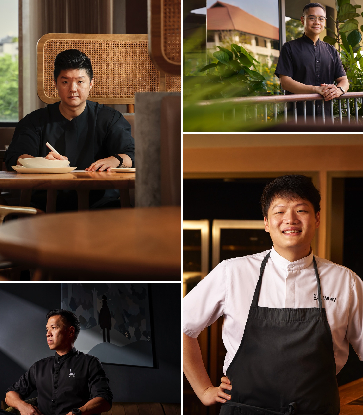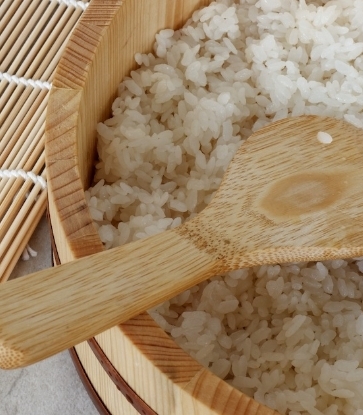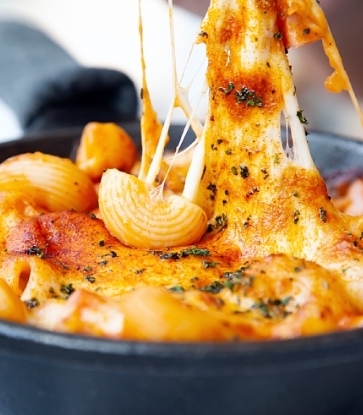I’ve always wanted to do something like Braci but couldn’t, as I knew I had to fulfil my financial stability first. Thanks to the success of the other restaurants under our wing, I’ve been freed of any consequences that may come from relying solely on a small restaurant.
With Braci, I knew I wanted a destination, and I also knew that this intimate pocket of space could allow me to have my own private kitchen, an oasis where I can be free to create food without the restraints of a larger restaurant. I can experiment with unique and rare ingredients, and I can introduce a new dish on a whim with the day's freshest seasonal ingredients. It is this creative license for chefs to constantly draw influences from their surroundings that gives the biggest stimulus to keep learning and innovating.

On my bi-annual trips back to Bitonto, I’d check out my own orchard and visit the local growers and artisans to learn more about their history and produce. For example, on my recent trip, I was working with various farmers on getting their produce better-packaged to be sent to us directly in Singapore, as well as visiting century-old bakers to study more about bread-making.
I have a vested interest in the sourcing of the ingredients we use too. Besides going to Australia and France to personally taste and understand the ingredients at their places of origin, I’d make at least four trips a year to visit Japan to locate small, local farmers and chefs from different towns.
Growing up in Italy, food is about freshness and seasonality of the produce, while also making the most out of a few ingredients. Seeing the way Japanese chefs treat each ingredient with immense respect and in various ways is one of my biggest sources of inspiration.

My Mediterranean roots have also drawn me to my love for vegetables, from mushrooms, wild artichokes, heirloom fruits, to white and black truffles; at our own orchard, my father would cultivate seasonal greens that we send to Singapore, or my father and brother would still forage for wild vegetables till this day, that we bring in to the restaurant.
From Adriatic scampi – which for example, has a naturally sweet taste due to the saltier waters of the Italian sea – to the Australian Jade Abalone, seafood is another category of ingredients I particularly favour.

The role of the chefs is no longer just about being toiling in kitchen; it’s also about sharing our vision and passion for food with the diners. The private kitchen enables an intimate conversation between chefs and diners about food; our diners have enjoyed those little bits of moments when we go to them to explain both our ideals and ideas behind each dish.
Is Braci my ultimate dream? No. There are so many parts of Italian cuisine and culture that I still want to elevate in Singapore’s dining scene, which I aim to do so one restaurant at a time.
But in a nutshell, you can say that Braci defines the Beppe De Vito in three different “eras” – then: the maître’d, now: the chef, and always the Italian restaurateur.
Recommended reading: Hungry for more? Check out these Industry Insider, Italian and Ingredients stories.





















